More Than Just a Water Fight
Songkran, Thailand’s most iconic festival, transforms the country into a joyous, water-soaked playground every April 13–15. If you’re wondering how to enjoy Songkran (Thai New Year) to the fullest, it helps to understand the deeper meaning behind the fun. While the world knows it for its raucous water battles, this Buddhist New Year celebration is steeped in centuries-old traditions. Originating from the Sanskrit “sankranti” (astrological passage), it marks the sun’s shift into Aries and the start of the Thai solar calendar. At its core, Songkran is about renewal: washing away the past year’s misfortunes and embracing fresh beginnings through rituals of respect, gratitude, and community. If you’re planning your trip, this guide will show you exactly how to enjoy Songkran (Thai New Year) in a meaningful and fun way.
To truly grasp the energy of Songkran, watch this short clip from Global News capturing the festival’s vibrant chaos and cultural significance. From sacred rituals to citywide water battles, it perfectly encapsulates why this celebration is unlike any other.
The History of Songkran
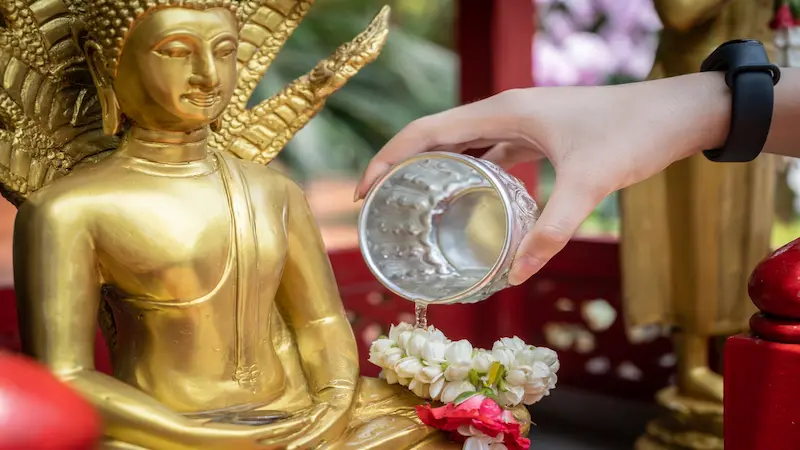
The term Songkran derives from Sanskrit, signifying “the celestial movement of the sun across zodiacal boundaries.” Initially determined through astrological computations, the celebration is now firmly anchored on April 13th. During this period, the entire nation comes to a standstill, devoting itself completely to the festival’s traditional observances. For Buddhists, Songkran holds profound significance, prompting many to embark on temple pilgrimages throughout the country. Devotees reverently pour water over Buddha statues and onto monks’ hands as a gesture of deep respect and veneration. Many locals seize this opportunity to reconnect with their roots, returning to their hometowns and reuniting with family.
Over time, Songkran has transformed into a global tourism magnet. Travelers and backpackers from around the world converge on Thailand, with tens of thousands enthusiastically participating in the iconic water-fighting traditions that have become synonymous with this vibrant festival.
Bangkok’s Songkran Spectacle: Where Sacred Meets Splash
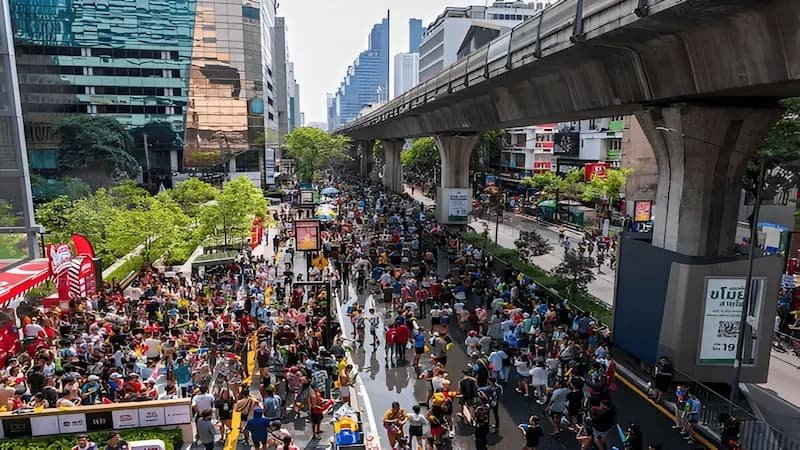
Whether you’re in the capital or a small town, knowing how to enjoy Songkran (Thai New Year) helps you experience the celebration at its best. For a tactical deep dive into Bangkok’s water warfare, deploy our Ultimate Water Festival Battle Plan – your strategic guide to conquering the urban chaos. The capital transforms into a vibrant three-day carnival, blending sacred traditions with unbridled revelry. The festivities commence with an opening ceremony, followed by the ritual bathing of Buddha statues, accompanied by street performances and culinary delights. Iconic local treats like mango sticky rice and som tam punctuate the celebration. The festival’s epicenters pulse with energy: Silom Road, a skyscraper-lined water war zone; Khao San Road, a backpacker’s playground; and RCA, where electronic beats synchronize with bucket-wielding revelers.
A Moment of Mischief
During one memorable celebration, I found myself entangled in a playful confrontation with local law enforcement. After inadvertently drenching an initially dry police officer (met with a pointed glare), the duo confiscated my water gun, only to subsequently team up and thoroughly soak me in return. This moment epitomized Songkran’s universal spirit: a celebration that transcends boundaries, uniting locals, tourists, and even law enforcement in shared laughter and joy.
Evolution of the Festival: From 3 Days to a Month-Long Extravaganza
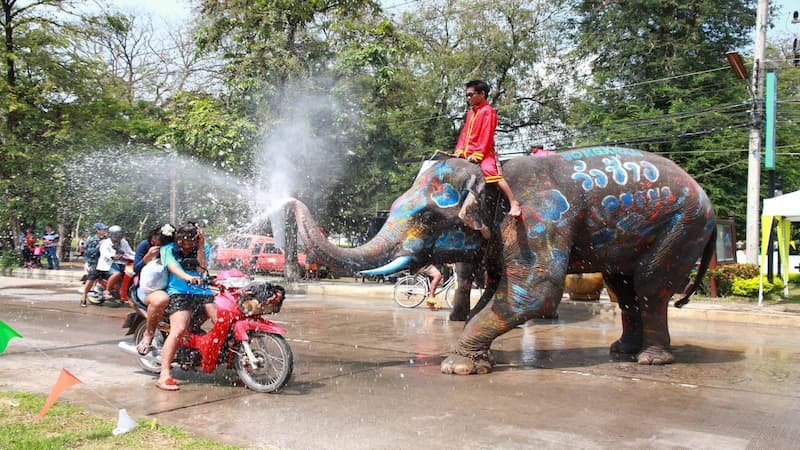
What began as a three-day cultural observance has dramatically transformed. In 2018, the festival expanded to a full week, providing ample time for family reunions and travel. By 2024, celebrations in some regions stretched to nearly a month, masterfully blending ancient customs with contemporary revelry.
The Three Core Days
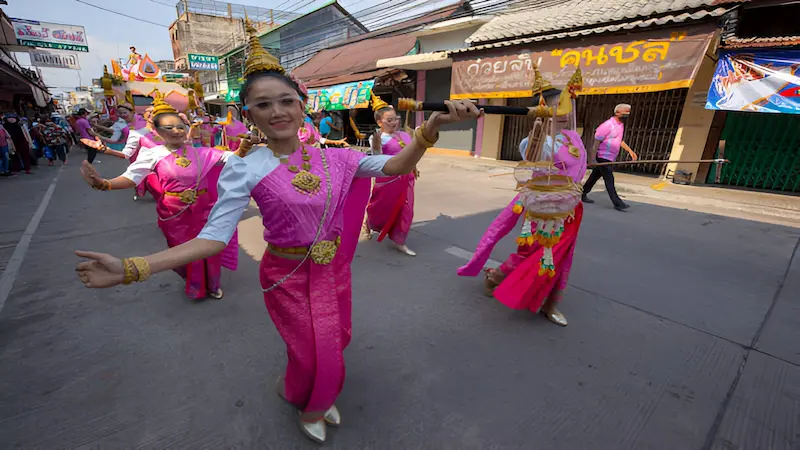
Day 1 – Cleansing & Processions
Homes undergo meticulous cleaning, symbolizing spiritual and physical renewal. Cities come alive with elaborate parades, featuring ornately decorated Buddha statues carried through streets bustling with anticipation.
Day 2 – Wan Nao (Spiritual New Year’s Eve)
A day of profound spiritual significance. Buddhists construct intricate sand chedis—miniature temple sculptures—at local shrines. This ritual symbolizes returning the grains of sand “borrowed” during temple visits throughout the year, a beautiful metaphor of spiritual renewal and connection.
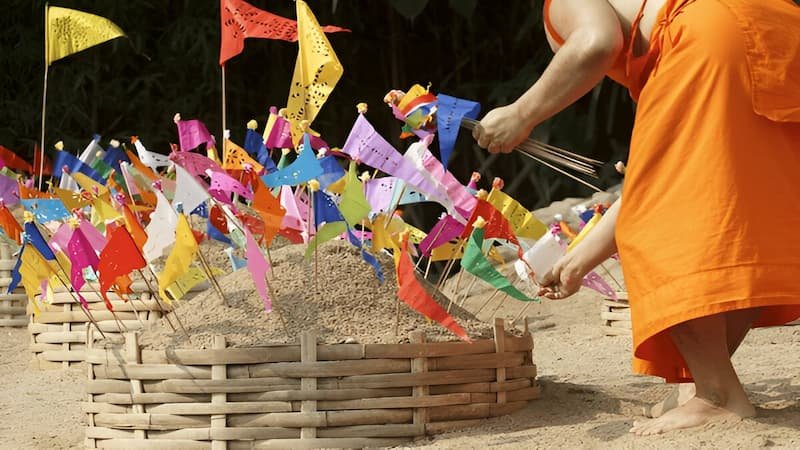
Day 3 – Offerings & Farewell
Families make sacred offerings at temples, marking the festival’s spiritual culmination. Cities host final street celebrations, with participants enthusiastically dousing one another in water—a symbolic washing away of the previous year’s troubles and negativity.
Songkran Today: A Global Phenomenon

What originated as a local Thai tradition has blossomed into an international spectacle attracting millions. The festival now represents a fascinating confluence of cultures: backpackers brandishing Super Soakers stand alongside grandmothers with traditional water buckets, office workers wielding garden hoses, and monks delicately sprinkling blessed water.
Despite its global appeal, Songkran remains quintessentially Thai—a harmonious blend of sacred ritual, familial connection, and the pure, unbridled joy of transforming an entire city into an impromptu water park. It’s a celebration that defies age, profession, and cultural boundaries, united by a simple, universal language of fun.
How to Enjoy Songkran (Thai New Year): Survival Tips from a Pro
Where to Join the Chaos
While Chiang Mai’s moat battles and Bangkok’s Silom/Khao San Road are legendary, even the smallest villages offer vibrant water fight experiences. Bangkok’s hotspots like Khao San Road (backpacker central) and Silom (where high-rises meet water cannons) provide nonstop action.
Surrender to the Splash

Acceptance is key: You will be drenched, continuously and completely. Forget “waterproof” bags—think zip-lock armor for your electronics.
Survival Tactics
Holding a camera or cigarette can serve as an impromptu “do not soak” shield, though success is not guaranteed. The best approach? Embrace the madness. Laugh when a grinning grandmother drenches you, and remember: resistance is futile.
Pro Tips for Maximum Fun
Tuk-Tuk Warfare
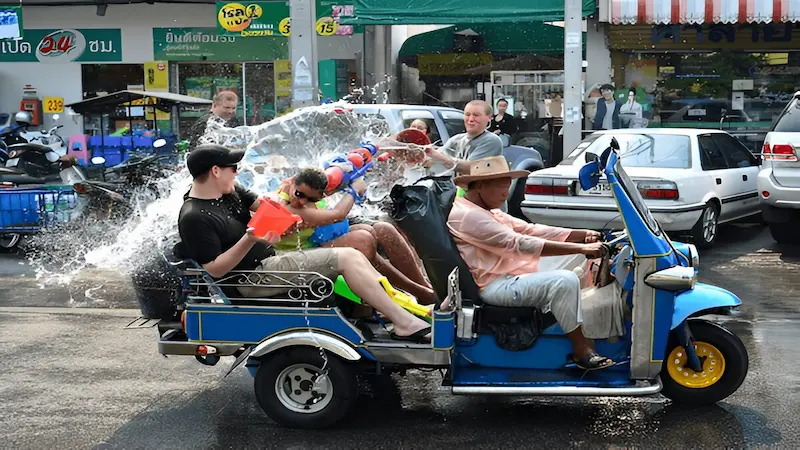
Rent a tuk-tuk or join a pickup truck water brigade. Cruise the streets, ambushing unsuspecting pedestrians—it’s the ultimate traveler’s rite of passage and an unparalleled icebreaker.
Skip overpriced water refill stations. Locals generously share buckets—a smile is your only currency.
Essential Gear
- Goggles (protect against water jets and surprise powder attacks)
- Quick-dry synthetic clothing
- Bright colors for memorable photos
- Transparent waterproof pouch for a mobile phone and money (50 baht)
Safety First
Avoid motorcycles during Songkran. Annual road fatality rates spike dramatically (316 deaths in 2020). Opt for walking or public transport.
Hydration is Key
Coconut water trumps beer. Save the Chang for post-battle celebrations, and prioritize staying hydrated in the April heat.
Navigating Songkran: Your Essential Logistics Playbook
Book Early or Improvise
With millions flooding Thailand’s streets, accommodation vanishes quickly. Prime locations like Bangkok’s Khao San Road or Chiang Mai’s Old City require booking 4-6 months in advance.
Alternative Bases
Consider less crowded cities like Ayutthaya or Hua Hin if the main festival locations are fully booked. These offer festive vibes without the intense scramble.
Public Holiday Realities
Banks, government offices, and embassies shut down for multiple days. Handle critical matters like cash withdrawals or consular needs before April 12.
Transportation Challenges
Domestic travel becomes complicated. Flights and buses sell out rapidly. Embrace alternative travel—ferries and trains become unexpected water fight arenas!
Survival Mindset
No “dry zone” exists outdoors. Every errand becomes a water-soaked adventure. Pack light, quick-dry clothing, waterproof pouches, and an attitude of pure enjoyment.
Street Smart Tactics
Utilize ride-sharing apps like Grab during gridlocked roads. Try to avoid using motorcycles on busy roads during this time. Stash emergency cash, as ATMs might be depleted by the festival’s second day.
Why It’s Unmissable

Songkran transcends a mere festival—it is the very soul of Thailand manifested in water and joy. Having participated three times, I’ve witnessed its magical essence: grandmothers giggling while drenching teenagers, monks bestowing blessings on soaked travelers, and strangers instantaneously becoming water-fighting teammates.
Final Advice
Leave your inhibitions—and your fancy shoes—behind. Whether you’re refilling your water gun from a grandmother’s bucket or dancing in a pickup truck convoy, surrender to the chaos. Let the celebration pull you into its heart. Now that you know how to enjoy Songkran (Thai New Year), all that’s left is to pack your water gun and dive in!
Pro Tip: Drench a stranger for me! 🌊✨


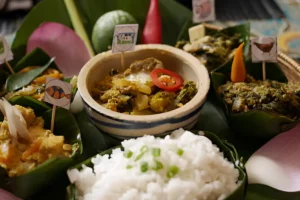
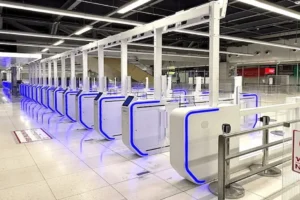




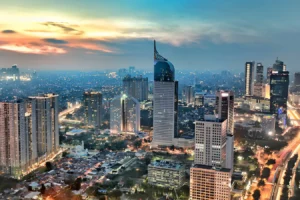

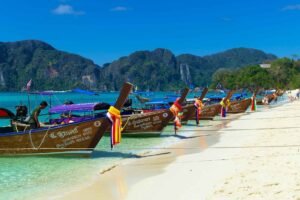

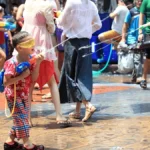







One thought on “How to Enjoy Songkran: A Tourist’s Guide to Thai New Year”